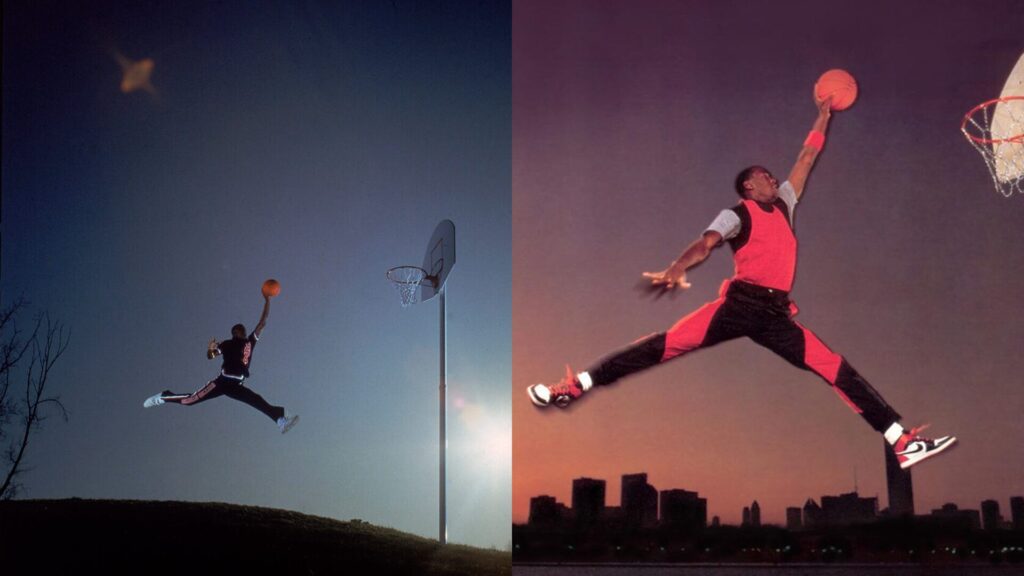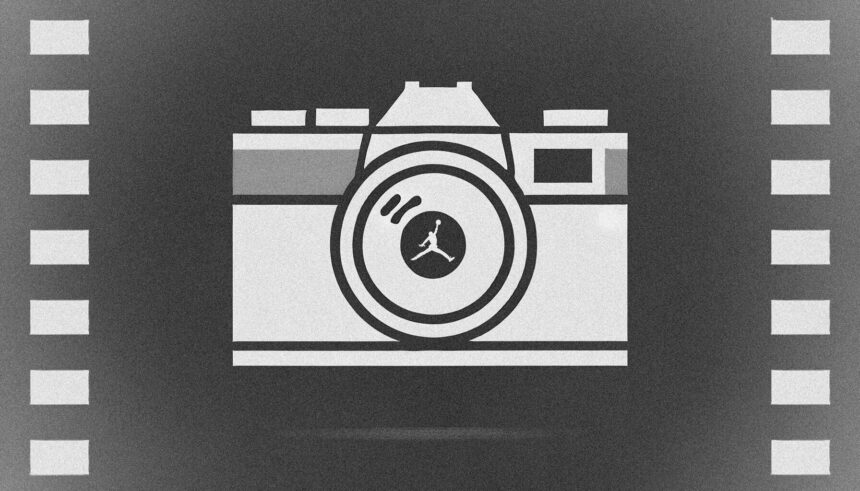Photography, in its purest form, is the precise capture of a fleeting instant—a meeting point between art and time. Few understand this delicate alchemy better than Jacobus “Co” Rentmeester, a Dutch-born photographer whose life’s work has spanned continents, wars, Olympians, and royalty. Yet one image—born in the sunshine of North Carolina in 1984—would become both his legacy and burden, entwined in the global rise of a fledgling brand called Nike.
Rentmeester, a former Olympic rower-turned-photographer for Life magazine, had a unique vision for capturing athletes in motion. His lens frequently sought poetry within physical exertion, transforming sweat and strain into something transcendent. He wasn’t merely documenting sport; he was capturing a primal beauty that spoke deeply to viewers. Rentmeester believed in photography’s honesty—a frozen moment where no lie could exist.
In the summer of 1984, Rentmeester was tasked by Life magazine to create images that conveyed the spirit of the Los Angeles Olympics. It was a pivotal year, not only for athletes but for brands eager to connect with a generation newly captivated by televised sport. Nike, then still a youthful company finding its footing in the shadows of Adidas and Converse, saw opportunity in a young basketball player with unparalleled charisma: Michael Jordan.
Rentmeester traveled to Chapel Hill, North Carolina, where Jordan, then a fresh-faced undergraduate at the University of North Carolina, agreed to pose. The photographer arrived with a concept—one that went beyond the typical portrait or action shot. Inspired by dance, ballet specifically, Rentmeester imagined a mid-air leap, graceful and powerful, a movement that would seem to defy gravity itself. The idea was unconventional: Jordan, legs spread wide, reaching skyward, silhouetted against a cloud-streaked backdrop—a move rarely executed naturally in basketball but immensely compelling visually.
To create this image, Rentmeester arranged the scene with care and meticulous attention to detail. He positioned Jordan precisely atop a small, grassy knoll on campus, emphasizing elevation and lift. Jordan jumped repeatedly, guided by Rentmeester’s exacting eye, stretching his limbs, arching his back. The resulting photograph was stunning—almost surreal in its elegance, a fusion of athlete and artist. In it, Jordan, illuminated by sunlight, appeared almost mythic, defying earthly constraints. Life ran the photograph prominently; readers marveled at its artistry.
But Rentmeester’s momentary triumph would soon lead to quiet complication. Nike, eager to leverage Jordan’s emerging star, took immediate notice. Executives were enamored by the visual metaphor Rentmeester had unintentionally crafted—Jordan wasn’t simply a basketball player; he was a force defying the ordinary bounds of physics and possibility. Nike quickly paid Rentmeester $150 for limited use of his photograph, and promptly commissioned their own photographer to recreate it—this time, Jordan in Nike attire, posed against the Chicago skyline rather than North Carolina’s lush campus. Though Nike’s reproduction differed in subtle ways, the essence—the posture, composition, and symbolic power—remained undeniably similar.
Nike’s version soon transformed into the iconic “Jumpman” silhouette, a symbol whose ubiquity transcended sports, embedding itself deeply into popular culture. It adorned sneakers, shirts, advertisements, billboards—eventually earning billions of dollars in revenue. Jordan’s silhouette came to define not just basketball, but aspiration itself, becoming an emblematic shorthand for dreams pursued against impossible odds. Yet as Nike soared, Rentmeester watched from the sidelines, quietly witnessing his vision taking flight without him.
For decades, Rentmeester kept mostly silent, navigating his career quietly through galleries and journalism, never chasing public drama. Photography, for him, remained an art rather than a commodity. But the Jumpman haunted him—a ghostly presence reminding him of the fragile boundary between inspiration and appropriation. He remained cautious, humble even, aware of how his creative work had been reshaped and commodified.
Then, in 2015, after years of internal contemplation and external encouragement, Rentmeester finally filed suit against Nike, alleging copyright infringement. The suit argued that Nike’s famed Jumpman was an unauthorized replication of his original photographic vision, an exploitation of his unique creative endeavor. Rentmeester sought recognition—not merely compensation, but validation for the artistic vision he felt had been quietly appropriated.
Legal experts debated the nuances vigorously. Could a photographer claim ownership over a pose, an arrangement of limbs suspended mid-air, inspired partly by classical dance? Nike insisted its iconic image was a mere idea, not Rentmeester’s proprietary intellectual property. The courts eventually sided with Nike, dismissing Rentmeester’s case. Judges ruled that despite obvious visual similarities, Nike’s version was sufficiently transformed to exist as an independent creation.

But beyond the legal complexities lay an emotional and ethical tension rarely acknowledged: How far can inspiration be drawn before it veers into exploitation? For Rentmeester, this wasn’t just a legal issue; it was profoundly moral, an existential question about creative integrity. Photography, Rentmeester always believed, carried implicit trust—an honesty that allowed viewers to glimpse authenticity, untouched by commercial intent. Yet now his image, his vision of purity, had birthed one of the most recognizable commercial symbols in history.
The relationship between Rentmeester and Nike thus became emblematic of broader shifts in photography and branding, highlighting an increasingly blurred line between creator and commodifier. Nike’s ascent was built, in part, on Rentmeester’s artistry, though his name became just a footnote—overshadowed by the towering cultural iconography of Jordan and his commercial empire.
Today, Rentmeester, though disappointed, carries himself with quiet dignity. His legacy is undeniably intertwined with Nike’s global narrative—though largely unrecognized by the millions who wear Jordan’s Jumpman without awareness of its photographic origin. Rentmeester has never sought celebrity, but understanding. He lives today as he always has—more comfortable behind a lens than in courtrooms, still deeply committed to finding truth in small moments.
In the end, Rentmeester’s photograph stands as a testament to the elusive, sometimes tragic relationship between art and commerce, originality and homage. Perhaps, more than compensation, Rentmeester sought recognition—an acknowledgment of the art he brought into the world. That acknowledgment, as quiet and subtle as a shutter’s click, remains the most elusive capture of all.

Leave a Reply